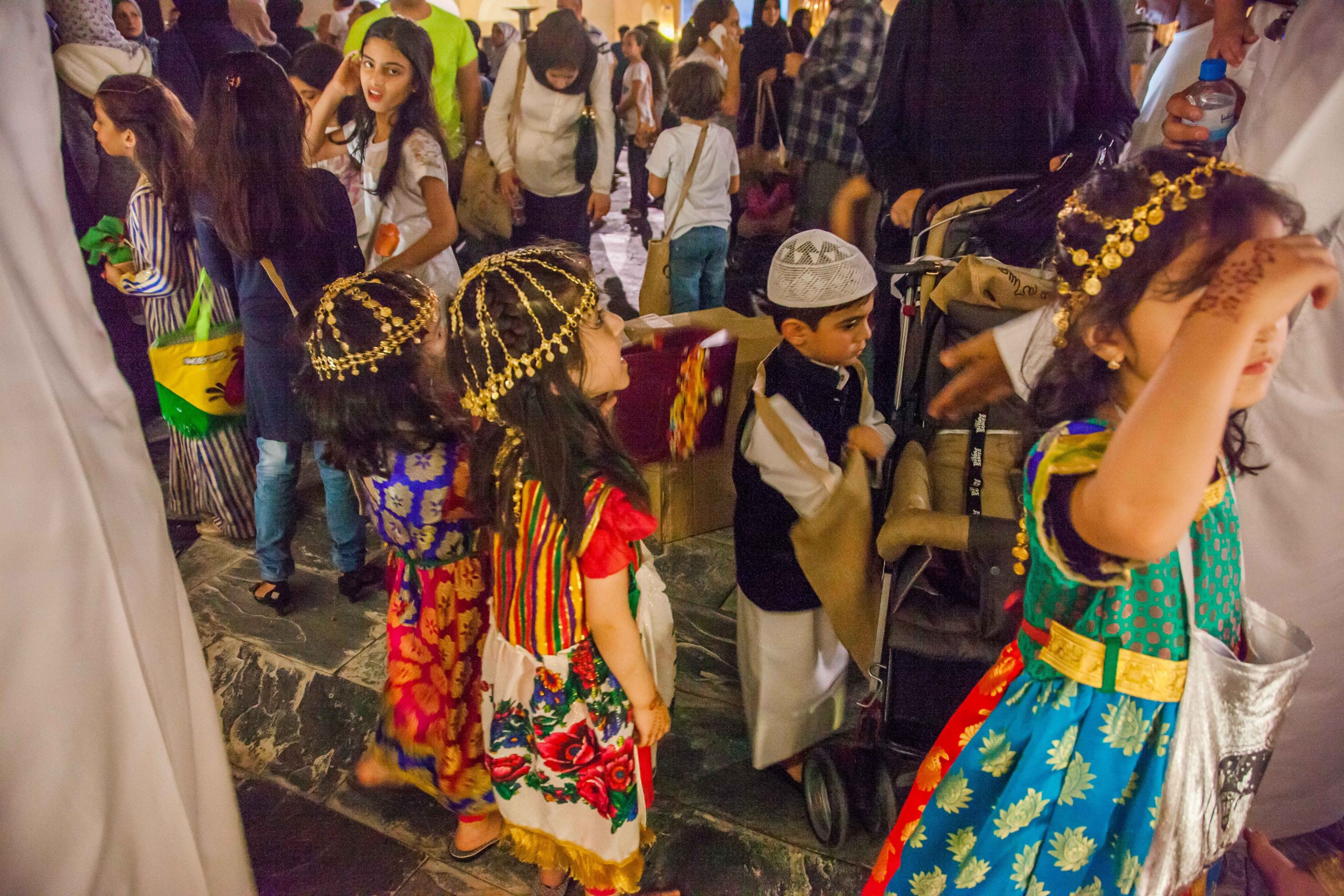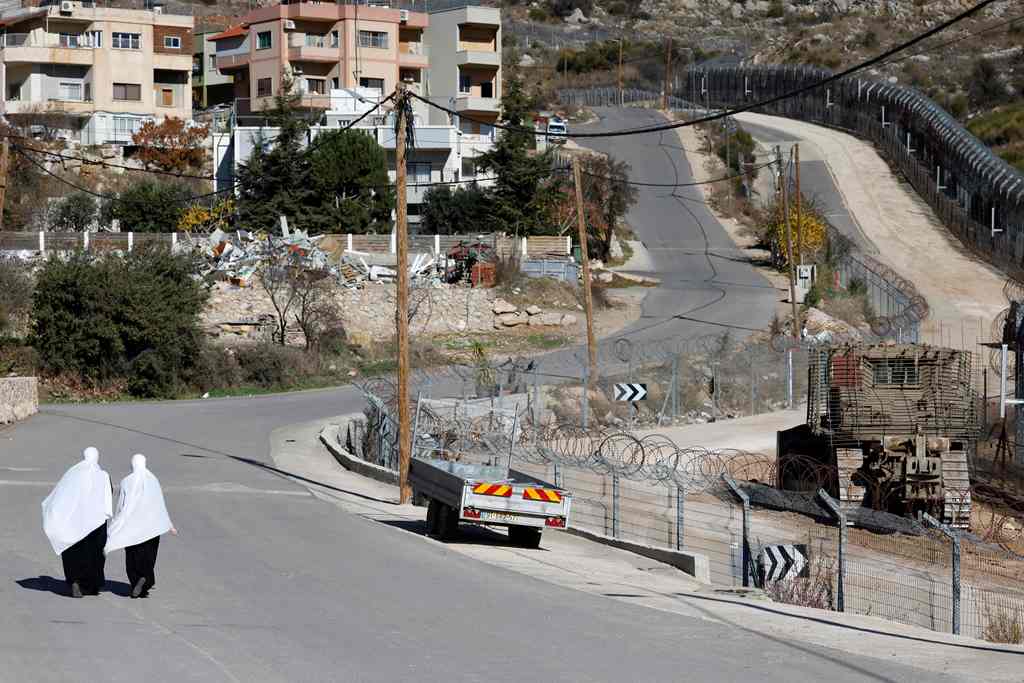On the 14th evening of the holy month of Ramadan, countries in the Gulf celebrate a time-old tradition that is unique to the region – Garangao.
In the Gulf, the midway point of Ramadan is a time of celebration that sees children take to the streets with excitement ahead of the final two weeks.
Sweets, nuts, gifts, and games are staples of the time old Gulf tradition known as Garangao – a practice celebrated after sunset prayer on the 14th day of the holy fasting month.
The celebration is believed to have its roots in the pearl-diving traditions of Qatar and is observed all over the Gulf where it known by various names.
In Qatar and Bahrain, it’s called Garangao or Garangaou. In Saudi Arabia, it’s Karkee’aan or Qariqaan, whereas in Kuwait it’s call Gargee’aan. In Iraq, its Al-Majeena Karkiaan and in Oman, they call it Garangashoch, At-Tablah or Qarnakosh.
The tradition is known as Hag Al Leylah in UAE.
For children, it’s a celebration of their efforts to fast half of the month and encourages them to continue for the remaining two weeks. The word “Garangao” comes from “Gara”, a word that describes the sound made when two objects knock together.
Read also: How to navigate yet another ‘restricted Ramadan’
After sunset prayer, children wear traditional Gulf clothing and carry a decorated bag before then walking around their neighbourhoods in groups singing the Garangao song.
The group, usually dressed in lavish and fancy colourful clothing, travel from one house to another to collect sweets, nuts and other gifts, while hitting stones together to create a rhythm.
“Garangao Girga oh, Atoona allah yateekum, Bayt Mecca ya wadeekum, Ya Mecca Yal mamoora, Yam il salasil wal thahab ya noora, atoona min maal Allah, yeslam lakom Abdullah,” the children chant while collecting their goodies.
While the origins of the words remain vague the song can be loosely translated to: “Garangao Girga oh, give us [sweets], may God give you more, and send you to the House in Mecca. Oh Noor, with the gold necklace, give us from the blessings of God, may he bless [your child] Abdullah.”
Previously, children woould be given dates, rice and wheat, all of which are ingredients used for a traditional Qatari dish called Harees.
“My favourite thing about Garangao is gathering with my grandmother and my cousins at the end of the night and enjoying the sweets and nuts that didn’t get distributed,” said Latifa, a student from Qatar.
A Garangao in isolation
As Qatar grapples with a second Covid-19 wave, many outdoor Ramadan traditions are being confined to the inside of homes. Alarmingly, the spread of the UK and South African variants of the virus in Qatar have caused a recent increase in children becoming infected with the virus.
The increase in risk has caused Qatar to place restrictions in order to better protect the community from the spread of the virus. This has included placing measures on indoor and outdoor gatherings, crucial parts of celebrating Ramadan in the region.
Indoor gatherings are no longer permitted for anyone other than family members living in the same house and individuals from the same household (including children).
Up to five individuals who have taken both doses of the Covid-19 vaccine can meet within an outdoor home environment, such as gardens, provided this takes place 14 days after the second injection is administered. However, this group of people cannot meet indoors.
Despite this, Qatar has found ways to celebrate the Gulf tradition safely. During the height of the pandemic last year, buses were arranged to distribute packaged snacks to children in their homes, and were equipped with loudspeakers playing traditional Garangao songs, local media reported.
Garangao can still be celebrated in a way that keeps the spirit of the tradition while also keeping everybody safe. This year, QBS Radio announced that the Qatar Children’s Museum will be holding a virtual Garangao workshop via Zoom, where families can learn traditional basket weaving to make their own Garangao baskets for sweets and nuts.
Children can also learn how to make their own Garangao decorations at home and celebrate indoors with family.
While it may look different this year, and while families and friends may not be celebrating together in large gatherings, Garangao still retains its spirit of giving and the importance of community, even in a pandemic.
Follow Doha News on Twitter, Instagram, Facebook and Youtube







